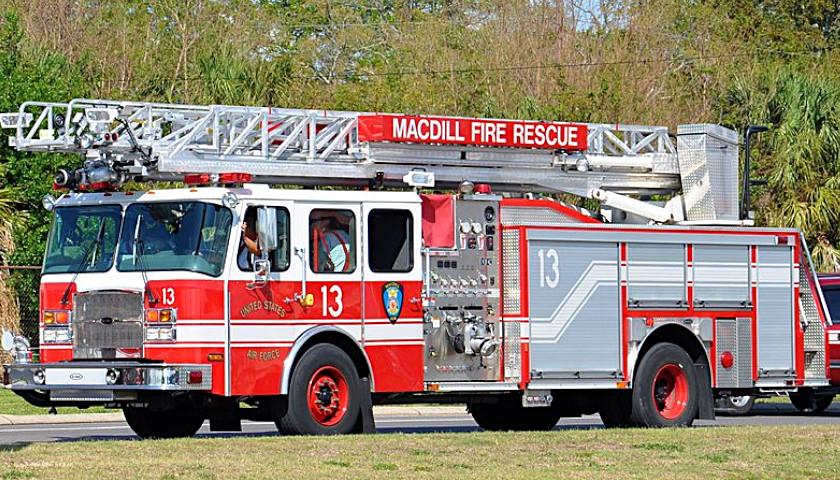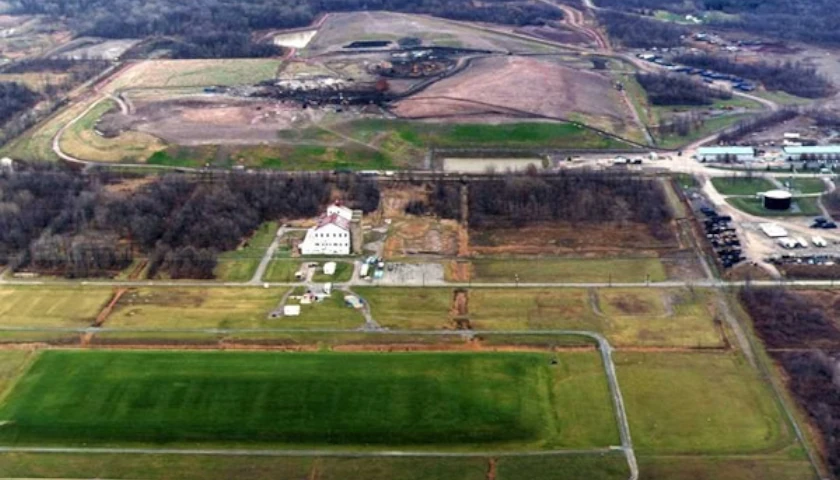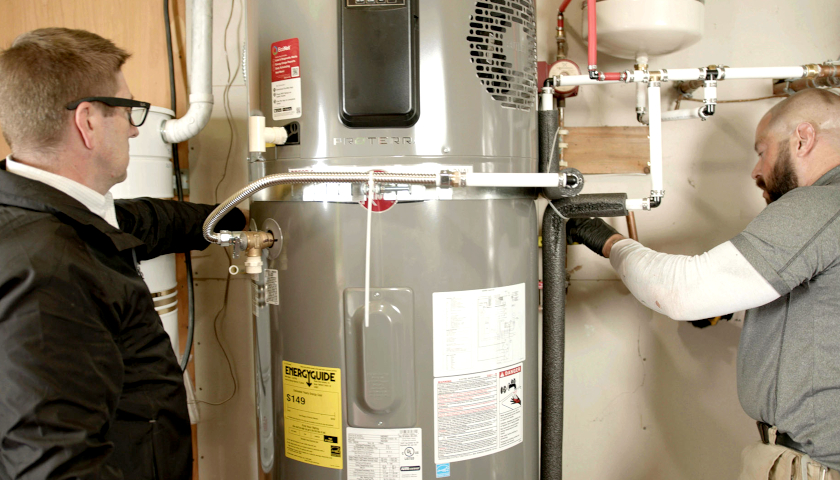by David Mastio
When Albuquerque announced plans to acquire a new fire engine, New Mexico’s governor lauded the “zero emissions” technology while a fire department spokesman called it “all electric” and KRQE 13 gushed about the “fully electric” fire truck.
San Diego’s NBC 7 reported on what it called that city’s first “all electric fire apparatus.” When the electric fire engine debuted in Portland, NBC’s KGW 8 quoted a fire department spokesman lauding the “monumental” “zero emissions” vehicle.
When an electric fire truck came to Gilbert, Arizona, FOX 10 quoted the fire chief saying that “There’s no cancer coming out of the tail pipe and I say it that way because diesel particulates are a contributor for cancers.”
The impression the outlet presented to viewers was that the fire trucks were all-electric and zero emissions. However, all the fire trucks also have a diesel engine and a tailpipe releases those “cancer-causing particulates.”
When the first Pierce Volterra Electric Fire Truck rolled out in Madison, Wisconsin, the vehicle was repeatedly called “all electric” or “zero emissions.” The listening audience had to listen 8 minutes into the presentation to get to the part where a fire chief admits there’s an internal combustion engine for pumping water on a fire.
Perhaps journalists and fire department spokespeople were misled by Pierce Manufacturing’s web site ,which reads in bold headline type: “Zero Emissions. Zero compromises.”
Critics say it is because electric engines are being hyped beyond what they can deliver. “As we’ve seen time and time again, electric engines are not up to the powering a simple road trip, much less taking on a role as critical as public safety,” said Larry Behrens, Communications Director for Power The Future. “The fact this over-hyped fire truck has a diesel engine is proof they know it needs power that won’t run out.”
The new fire trucks come with a hefty price tag – 40 percent to 50 percent more than a comparable diesel fire truck. For example, the New Mexico hybrid fire truck that has been ordered costs the local government $1.8 million with $400,000 coming from a federal grant.
As state governments such as California and the U.S. Environmental Protection Agency write regulations to phase out most uses of the internal combustion engine, the federal government has a program that is buying new diesel engines to replace older, more-polluting models all over the country in everything from school buses to tug boats.
The replacements come from grants under the Diesel Emissions Reduction Act. The EPA has spent billions of dollars on the project since the law was passed in 2005 and signed by President George W. Bush.
After replacing diesel engines in every state, DERA received fresh funding under President Joe Biden’s Bipartisan Infrastructure Act, but now states and localities are incorrectly claiming diesel doesn’t have anything to do with DERA.
– – –
David Mastio is a regional editor at The Center Square.
Photo “Firetruck” by Walter CC2.0.





